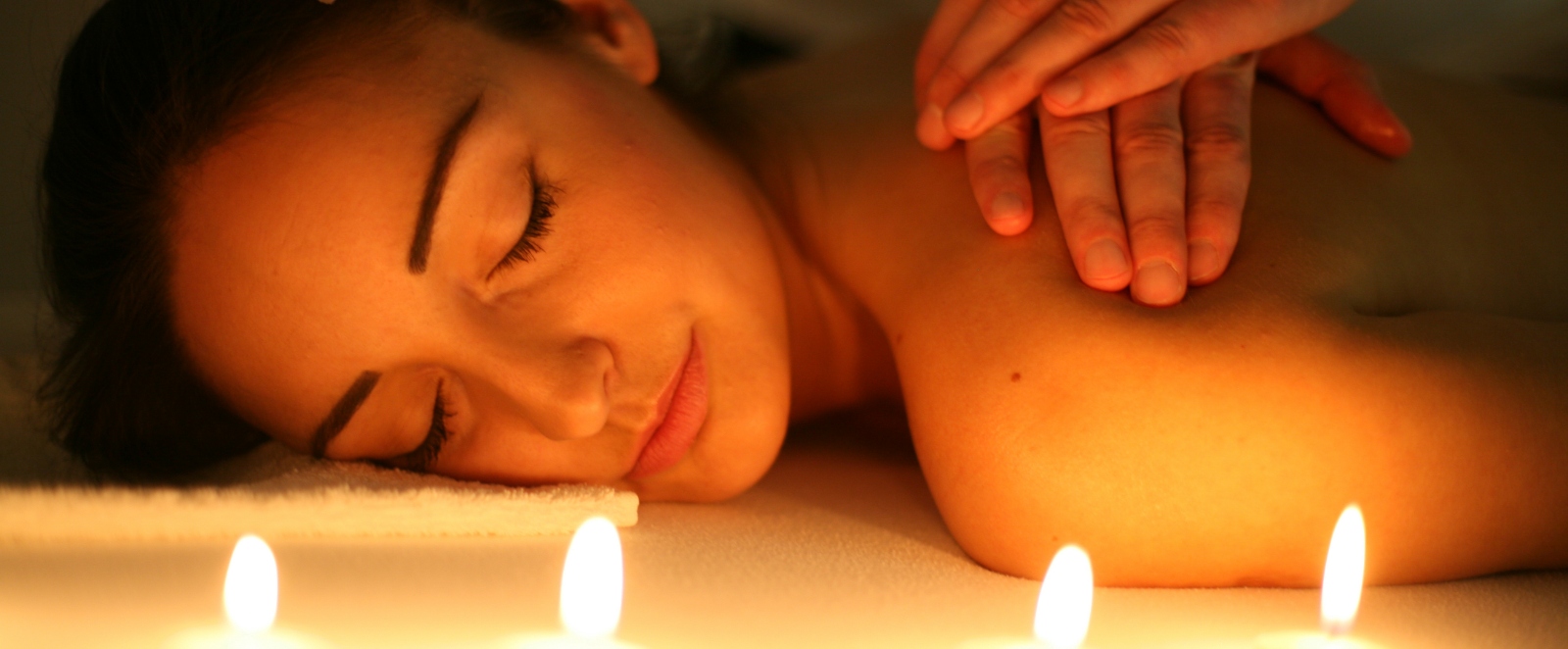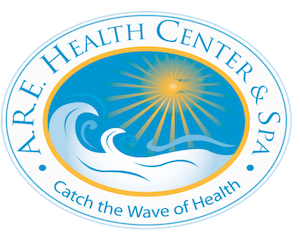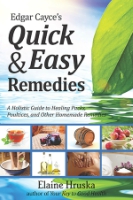If you have not experienced back pain, then you are fortunate. The world health organization states that one in four people experiences back pain in any given year, making back pain the top cause of workplace disability in the United States. Back pain is also one of the number one reasons physicians prescribe opioids, though recent studies have found that opioids are not an effective solution for chronic back pain.
The spine is a beautiful design, much like beads on a string. The beads can be thought of as the bones or vertebral bodies, and the string the spinal cord. The beads are smooth and rounded in the front and have multiple protrusions in the back – those are the joints where the vertebral bodies articulate with the bones above and below them. The vertebrae can be responsible for back pain, especially in the case of vertebral compression fractures, when the bone collapses on itself, a painful condition seen in severe osteoporosis, bone cancer, and other conditions. The vertebral bodies have fibrocartilage discs between them to provide cushioning and to increase flexibility. Ligaments run down the sides and back of the bones. Ligament and disc problems can cause back pain, too, but not as often as physicians thought in the past. Surgeons used to perform many more disc surgeries until studies showed they didn’t necessarily lead to reduced back pain. Recent research points to muscle strain and sprains as the most common cause of back pain. Muscle strains are more likely to occur if the muscles are weak, tight, or overused from common repetitive positions like sitting at a desk all day. The good news is that muscle injuries are often easier to heal than bone or disc issues.
To prevent back pain caused by muscle strains, the first recommendation is to use proper lifting and bending techniques. We need to remember to squat before we lift a heavy load. Better yet, we should use assistive tools like dollies and carts to move heavy objects. Maintaining awareness of our posture while working at a desk or watching TV can create better back habits.
The Cayce readings give more recommendations for preventing back pain. Though food choice would seem to have little to do with back pain, research has confirmed that Cayce's advice to maintain a healthy plant-based, unprocessed food diet and to keep our weight in a healthy range can help decrease back pain. Losing even 10 pounds reduces 40 pounds of stress on the vertebrae and other joints! Minimizing sugar, another emphatic dietary recommendation in the Cayce readings decreases inflammation and pain throughout the body, including in the lower back.
Current science also supports another common-sense Cayce remedy for preventing back pain - twice a day stretching. Stretching increases flexibility and blood flow in the spine. A.R.E. Health Center Chiropractor and Cayce/Reilly faculty member, Dr. J.P. Amonte, has created two videos that offer Cayce-based stretching exercises for the morning and evening. These “Heal Thyself” videos are available on the member-only section at edgarcayce.org and in our YouTube Channel at youtube.com/edgarcayce.
The Cayce/Reilly® Massage targets not only the back muscles, but also the thigh and abdominal muscles that support the spine. Regular Cayce massage loosens tight muscles, opens up compacted joints, and stretches the spine and the whole body.
Multiple Cayce readings champion the health improving qualities of exercise, especially walking.
Walking is the best form of exercise for the body.
-Edgar Cayce Reading 23-11
People with chronic back pain may be wary of exercise and think it might make their pain worse. At first, they might feel stiff and tired when starting a walking plan. After a few weeks of daily exercise, endogenous opioids – the natural pain relievers our body makes – kick in to decrease discomfort. Our bodies habituate to exercise like they do to opioids. Cayce health reading #257-204 pointed to additional holistic benefits of walking outside:
- Q) How much walking should be done daily?
- A) Whether it’s a mile or a step, do that which makes for a better “feel” for the body; getting into the open! Know something of nature.
Though back muscle strain is common, there are many holistic ways to decrease and prevent back pain, and all are available to us without a prescription!









